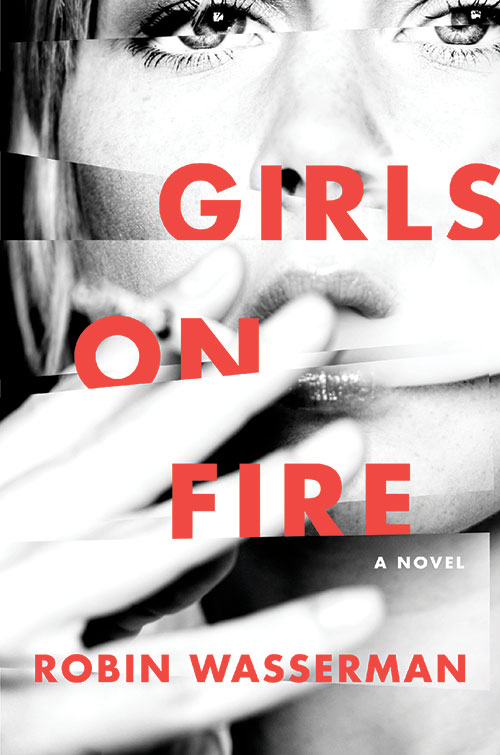DISCLAIMER: This blog is not for profit. All images and footage used are property of their respective companies unless stated otherwise. I do not claim ownership of this material.

Girls on Fire by Robin Wasserman is a typical set up for a
book of its genre, although it goes a lot further than most readers would
probably expect. Like, a lot further. This is seriously not a book for teenagers,
in spite of being about them. Whilst the book is really shocking, it doesn’t
feel like it relies on shock value too much, which it could have done very
easily.
It may be predictable in its plot, focusing on an intense
friendship between two rebellious teenagers, (Hannah and Lacey) who go too far,
but Robin Wasserman’s beautiful prose makes this book truly enjoyable.
The three protagonists, Hannah (or ‘Dex’ as Lacey renames
her), Lacey and Nikki are ok for the most part, with the latter two being the
most interesting in spite of being horrible, horrible people. They are really
well developed and you get an understanding of how they reached the point you
see them at here, which gives them a lot more depth overall. This is a refreshing
change from the usual cut-out stereotypes of teenagers in books. Our narrator
Hannah, however, is pretty much a blank slate.
To be fair, the plot needs her to be this way, as a way of explaining
how close she is with Lacey, who basically turns her into an interesting person.
She is more of a plot motivator than a developed character in her own right,
but that is really the way that she is supposed to be.
Her lack of agency plays a massive part later on, as her need
for independence and individuality is what drives her and the story forward.
Overall, this book is an intense read, but an enjoyable one
too.

